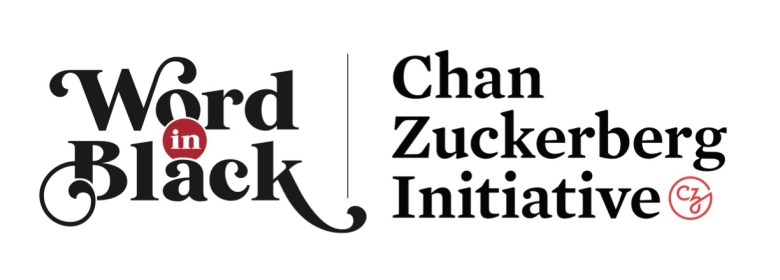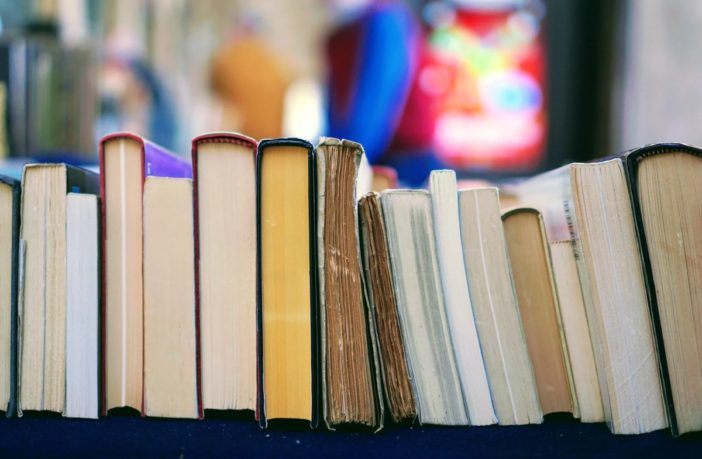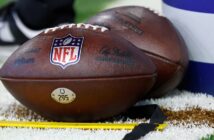By Joseph Williams,
Word In Black
For years, as test scores fell and teachers fretted, educators and analysts rang the alarm: the U.S. is facing a grade-school reading crisis. If left unaddressed, they say, Black children could fall even further behind.
Now, college professors are sounding an alarm of their own. They say college students are entering college unprepared to read anything more than a few pages, and struggle to understand and interpret what they’ve read.
“Professors are also discussing the issue in academic trade publications, from a variety of perspectives,” Adam Kotsko, a humanities and theology professor, wrote in an essay in Slate, an online magazine. “What we almost all seem to agree on is that we are facing new obstacles in structuring and delivering our courses, requiring us to ratchet down expectations in the face of a ratcheting down of preparation.”
Diverse books are being stripped from schools, and that’s disproportionately affecting the fundamental reading skills of students of color. (Unsplash / Tom Hermans)
But along with COVID-19 learning loss, social media addiction, and attention-draining cell phone scrolling, researchers and educators have identified a new culprit: state and school officials who are stripping diverse books from library shelves and curbing the teaching of Black history.
“This is actually a very preventable problem,” says Allison Rose Socol, vice president for P-12 policy, research and practice at Education Trust. Studies show that “if (students) are given access to texts in which they see themselves reflected, that they will not only want to read, but they will develop a love of reading.”
But “the access and availability of culturally relevant, rich texts are not happening in a lot of schools,” Socol says. “And that is disproportionately affecting the fundamental reading skills of many students of color.”
Data tells part of the story.
According to the National Assessment of Educational Progress, in 2022, average scores decreased for both literary and informational texts at both the fourth- and eighth grade level, compared to 2019.
Eighteen states or jurisdictions scored lower on literary reading in 2022 than in 2019, according to NAEP, while 29 states scored lower on informational reading at grade 4. In eighth grade, 22 states scored lower in 2022 on literary reading, and 30 states scored lower for informational reading.
“And when you look at the data for certain groups of students — particularly marginalized students — the numbers are so much more concerning,” Socol says.
The data shows “just 17 percent of Black students, 21 percent of Latino students, 11 percent of students with disabilities, and 10 percent of multilingual learners in fourth grade are found to be proficient” in reading, she says. “Those numbers are just unacceptable.”

And yet, despite research that should encourage reading diverse texts, “there are states and districts that are putting in place legislation and regulation and policy that removes or penalizes teachers, for teaching honest, accurate history, for using books that represent the diversity of our country and for doing things that we know are important for opening up students,” Socol says.
Those books are key to “engaging hearts and minds and creating critical thinkers and engaged citizens,” Socol says.
Kotsco, the humanities professor, agrees the book bans are doing damage to the students he’ll eventually have to teach, depriving them of the ability to read long texts and think for themselves.
“Motivated by bigotry, it has already done demonstrable harm and promises to do more,” he wrote. “But at the same time, the appropriate response is, in principle, simple. Named individuals have advanced explicit policies with clear goals and outcomes, and we can replace those individuals with people who want to reverse those policies.”
“That is already beginning to happen in many places,” he wrote, “and I hope those successes will continue until every banned book is restored.”
This article was originally published by Word In Black.



